PA46 History and Evolution
(As re-printed from MMOPA website with additional edits)
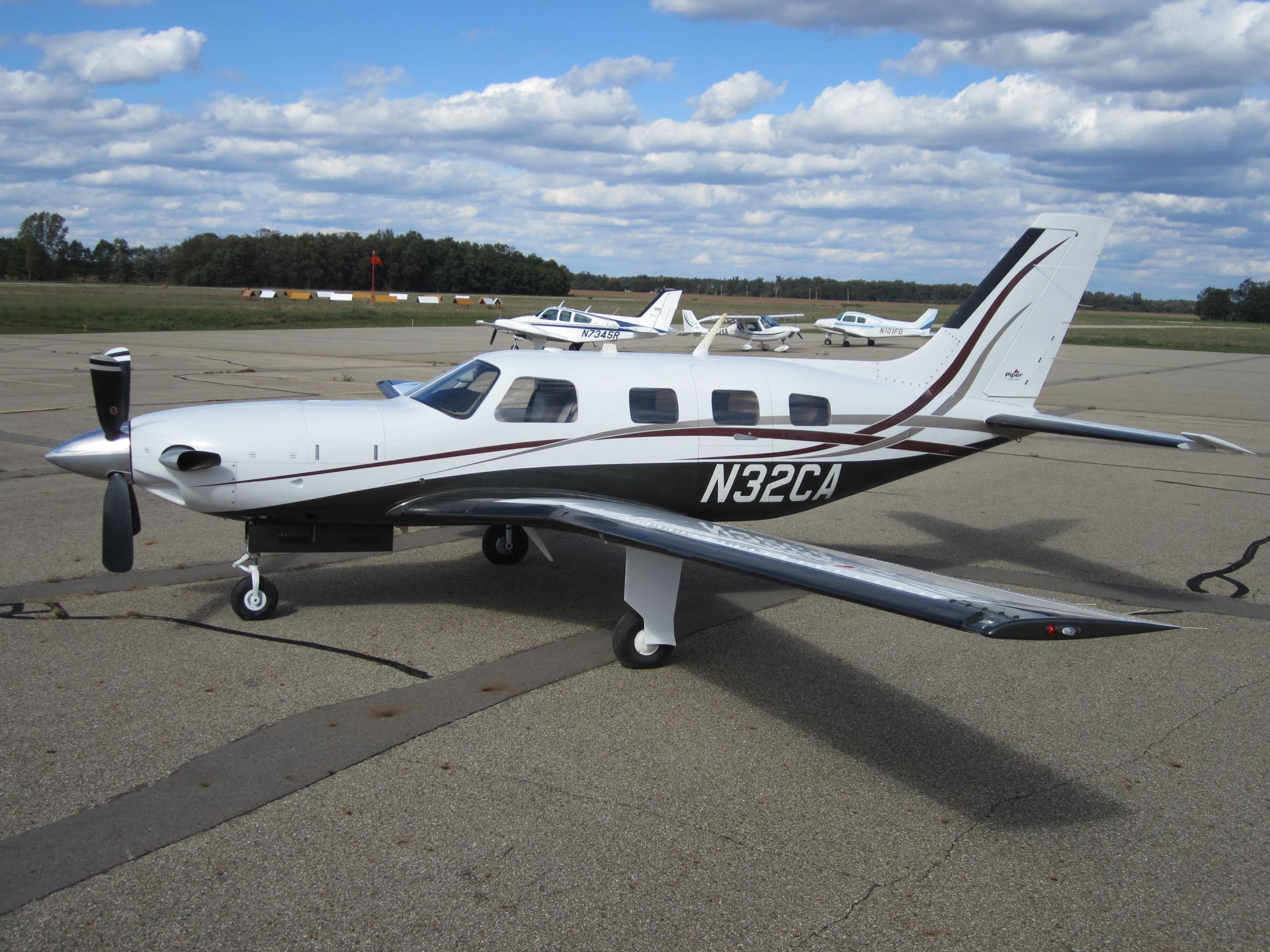
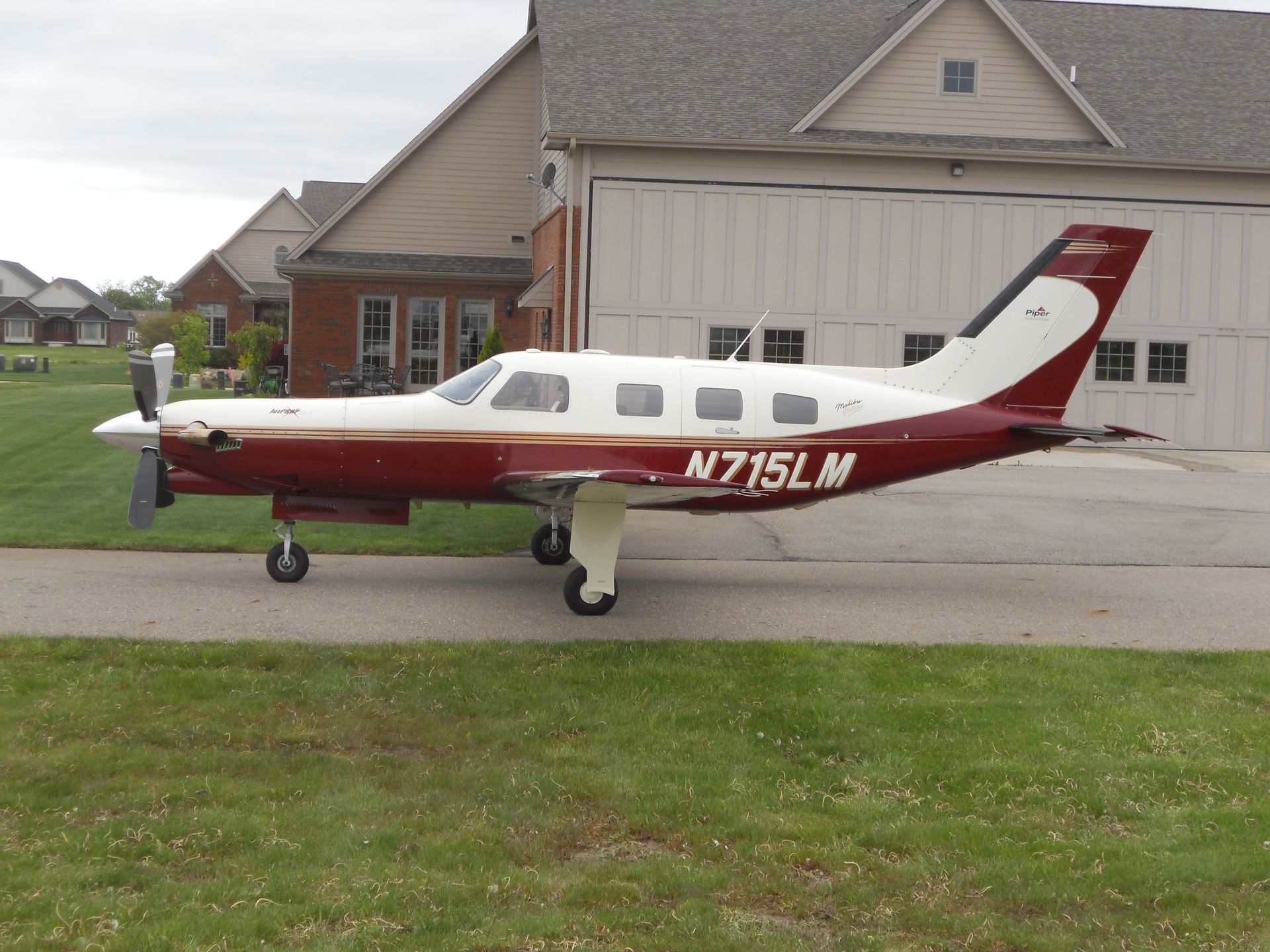
Timeline
- 1979 – First Flight of PA-46-300T 11-30-79
- 1982 – First Flight of PA-46-310P Conforming aircraft (August)
- 1983 – FAA Certification (September)
- 1983 – First Customer delivery (December)
- 1984 – Introductory Model year.
- 1986 – Electric flaps. This eliminated problems when operating gear and flaps simultaneously.
- Late 1986 – Switched from Gar Kenyan hydraulics to Parker-Hannifin. This is the hydraulic system used on all further Malibus and Mirages, up to the present time.
- 1987 – First Flight of Mirage (December 21)
- 1988 – November First Mirage delivery. 310P Malibu production ceases
- 1989 – Model Year Introduction of Mirage. Switched engine from Continental TSIO-520 producing 310 HP to Lycoming TIO-540 producing 350 HP, and improved the interior. Wing-mounted radar was changed to pod-mounted, and windshield hot-plate was replaced by a heated windshield. Gross weight was increased 200 pounds, but the Lycoming engine and new interior more than offset the increase, so Mirages typically have smaller useful loads than Malibus.
- 1995 – Pilot’s heated windshield became glass, and the Bendix/King RDR-2000 vertical profile radar became standard.
- 1996 – Engine gauges were changed to Transcoil EMIS. Lower left panel rocker switches were moved overhead, freeing up some panel space.
- 1998 – Transcoil EMIS went from 2-line LCD display to a 3-line display. Lower right panel rocker switches were moved to a new push-button panel on the upper right, annunciator panel was replaced by an integral unit (instead of discrete modules), and upper right rocker switches (e.g., avionics master) were moved to a bezel surrounding the ADI and HSI, freeing up more panel space. A 3-blade Hartzell composite propeller became standard.
- 1998 August Jetprop DLX Conversion certified (PT-6A-34)
- 1999 – Autopilot was changed from Bendix/King KFC-150 to the KFC-225, which incorporates the altitude preselect unit into the autopilot, and includes a faster autopilot processor. The wing spar was strengthened so that it could be shared with the Meridian, which also allowed a slight (10 pound) gross weight increase.
- 2000 – Autopilot was changed to the STEC-55, and Garmin 530’s became the standard navigation and communication radios. Alternators were upgraded from 75 amps each to 80 amps each.
- 2000 – September Meridian Certified
- 2003 – Meggit Magic panel offered as an option
- 2006 – Avidyne Entegra panel
Factoids and modifications
- For the most part, the later the model, the smaller the useful load. Early models can carry as much as 1400 pounds, and late models average a little below 1200 pounds.
- The Malibu’s Continental engine is generally smoother and more efficient than the Mirage’s Lycoming engine, but the Mirage interior and avionics are generally much better.
- All Malibus and Mirages share the same basic airframe and pressurization system.
- Malibus come from the factory with a 310 HP Continental TSIO-520 engine. An STC is available to install a 350 HP Continental TSIO-550 engine, derated to 310 HP, and most of the fleet now carries the larger engine. 550-powered Malibus are generally the fastest in the fleet.
- Some Malibus have replaced the in-wing radar, which is widely considered useless, with a pod-mounted radar, identical to the Mirage.
- Malibus and Mirages produced through 97 came from the factory with a 2-blade propeller. Many have replaced that with a 4-blade MT composite the 3-blade Hartzell composite that is now standard on current production Mirages since 1998. is available as well.
- An STC is available to increase fuel capacity from 120 gallons to 140 gallons.
- All Malibus and Mirages, prior to the 2003 model, were delivered from the factory with an engine mount that is now subject to recurring inspections. Some aircraft have had the engine mounts replaced with the new style, and these are not subject to inspections.
- A high-speed starter is available for the Lycoming engines, which makes starting a hot engine much easier and is also a few pounds lighter. Many newer engines came from the factory with these starters.
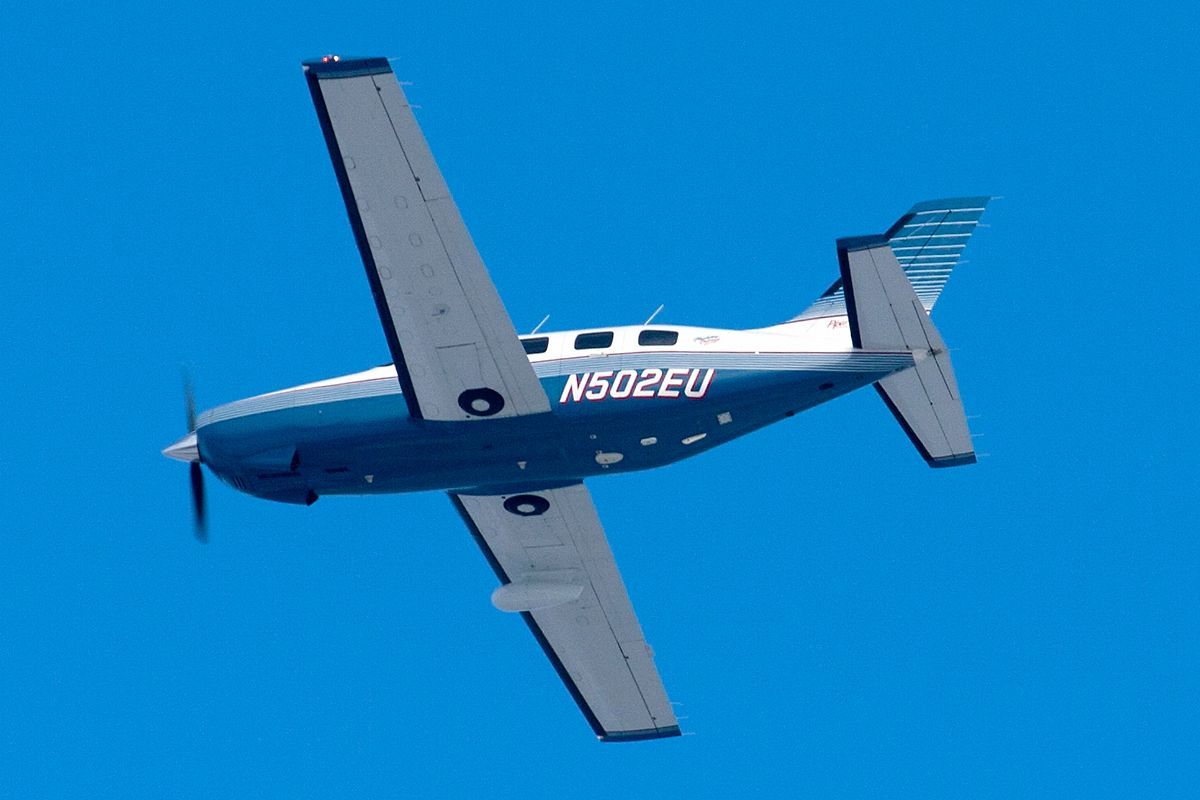
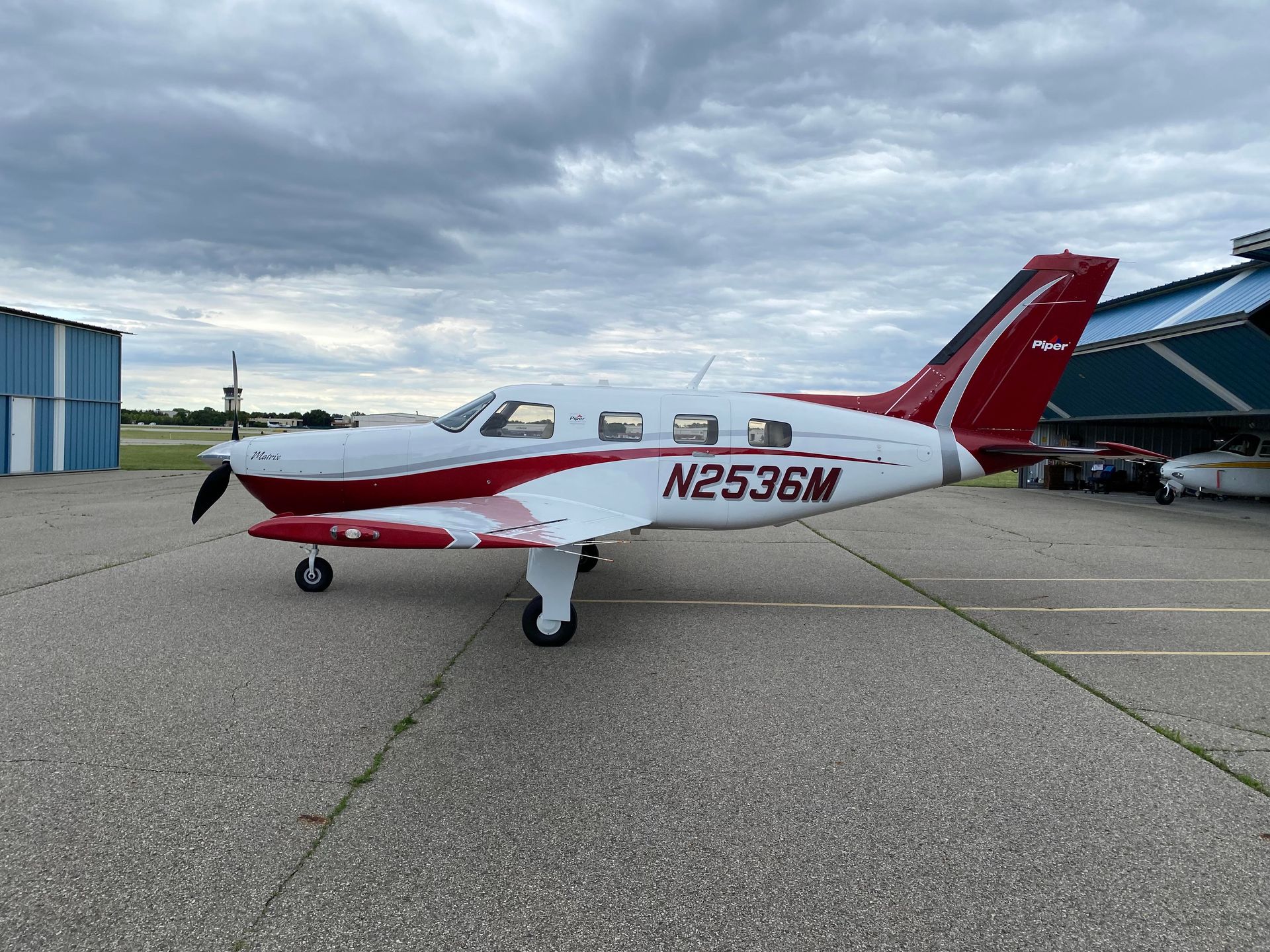
More detailed summary of 1996 through 2005 Model year changes follows:
1996 Malibu Mirage – Serial Number 4636021 through 4636076
No manifold pressure drain
Overhead switch panel containing:
Starter, Battery master, Fuel pump, Bar-grounded magneto switches, Alternator #1
Alternator #2, Landing lights, Taxi lights, Navigation lights, Strobe lights, Day/night annunciator/dim, Digital indicator reset (transcoil engine instruments), Normal dump cabin pressure, Pitot Heat off/Inop Annuciator
Transcoil EMIS-Engine Monitoring Instrument System
Ten large, full sweep, parallax-free, trend displays with 9 o’clock orientation for easy scanning. Analog indicators include the following:
Manifold pressure, Turbine inlet temperature, Oil temperature, cylinder head temperature, Fuel quantity left tank, RPM, Fuel flow, Oil pressure, Vacuum, Fuel quantity right tank
A digital indicator provides continuous readout of the analog manifold pressure and RPM indicators, as well as two additional selectable analog indicators. Other features incorporated in the digital indicator include an outside air temperature indicator, external audible alarm activation during exceedences, built-in operational self test, full color back lighting, fuel management, exceedence recording and fuel imbalance monitors.
Re-configured instrument panel
PCR 3001 Electric clock with voice recorder standard
Argus 7000 Optional
1997 Malibu Mirage – Serial Number 4636077 through 4636131
Audio/ICS panel changed to PM6000
1998 Malibu Mirage – Serial Number 4636132 through 4636188 (projected)
Three blade composite propeller
80 amp alternators
BF Goodrich smart boot system
New generation avionics
New HSI/ADI Bezel
Redesigned (flat) annunciator panel
Redesigned control yoke
Cockpit entry hold added
New environmental switch panel
Transcoil engine instrumentation adds GPS interface and percent power
1999 Malibu Mirage- Serial Number 4636189 through 4636247
HFC-134A Air Conditioning System
Precise Flight Speed Brakes
KFC 225 Flight Control System with Altitude Pre-Select
High Density Foam Seats
KR-87 ADF Optional
KN-63 DME Optional
Metallic Paint Optional
After Serial #196 Increase Takeoff Weight 4358 and structural wing change
After Serial #187 DuPont 6000 Paint System
After Serial #233 new and improved bearing
2000 Malibu Mirage- Serial Number 4636248 through 4636313
Base Price $869,800
New Inertia Reel Shoulder Harness, Safety Belts
Accessory Power Point, 28 Volt
Garmin Avionics Package
STEC System 55 AutoPilot
RCR 650A ADF Optional
DME 450 Optional
2001/2002 Malibu Mirage Serial Number 4636314 through 4636324
Aircraft delivered in 01 as 02 models
Base Price $897,600
Dual Garmin 530’s
Frisby Hydraulic System
New Digital Ammeter/Voltmeter
Enhanced Cabin Heating
Cabin Door Locking Pin Enhancement
Low Profile Red Tail Flashing Light
Pilot and CoPilot Air Gasper Location Refinements
Option #340 Enhanced Situation Awareness Package $40,215
#206 C/P Electric Attitude Horizon $2,620
#221 Stainless Steel Fasteners $840
#520 KRA10A Radar Altimeter $9,520
#525 650A ADF $5,310
#575 DME 450 $7,425
#821 KI229 RMI $4,795
#350 CD Roam Data Loader $2,075
#842 Second GTX327 Transponder $3060
#816 Servoed Drum Counter Encoding $7515
2002 Malibu Mirage Serial Number 325 through 343
Base Price $929,200
Stainless Steel Fasteners Standard
Option #206 C/P Electric Attitude Horizon $3,205
#340 Situation Awareness Package $41,740
#350 CD Rom Data loader $2,130
#363 Radar Altimeter $9,925
#525 650 ADF $5,515
#575 DME $7,740
#710 Mettallic Top or Bottom $1,070
#725 Paint Detailing Pinstriping $2,845
#821 KI-229 RMI $5,010
#842 2nd GTX-327 Transponder $3,245
2003 Malibu Mirage Serial Number 343 through 348
Base Price $929,200
Option #206 C/P Electric Attitude Horizon $3,205
#340 Situation Awareness Package IHAS 8000 $55,610
#520 Radar Altimeter $10,145
#525 ADF $5,710
#575 DME $8,340
#637 KDR510 Data Link $8,910
#642 Meggit Magic EFIS $57,400
#816 Servoed Drum Counter Encoding Alt $8,005
#842 2nd GTX-327 Transponder $3,300
#710 Metallic Base Color $1,105
#725 Paint Detailing Pinstriping $2,945
2004 Malibu Mirage Serial Number 349 through 363 20th Anniversary Model
Base Price $970,000
Option #206 C/P Electric Attitude Horizon $3,090
#340 Situation Awareness Package IHAS 8000 $56,955
#520 KRA10A Radar Altimeter $9,255
#525 ADF $5,995
#575 DME $8,785
#637 KDR510 DataLink $9,205
#642 Meggit Magic EFIS $62,500
#816 Servoed Drum Counter Encoding Alt $7,325
#842 Second GTX-330 Transponder $5,235
#20d 20th Anniversary Special Option Package
Meggitt Magic EFIS, Situation Awareness
IHAS8000, KDR510, 2nd Transponder GTX330 $110,000
#715 Optional Paint Scheme $3,745
#710 Bottom Metallic Base $1,135
#725 Paint Detailing Pinstriping $2,945
2005 Malibu Mirage Serial Number 364 through 374
Base Price $970,000
- Serial Numbers 364-367 2004 Option Pricing
- Serial Numbers 368-374 2005 Option Pricing
Option #206 C/P Electric Attitude Horizon $3,185
#340 Situation Awareness Package IHAS8000 $60,015
#520 KRA10A Radar Altimeter $10,705
#525 ADF $6,235
#575 DME $9,135
#637 KDR 510 DataLink $9,480
#642 Meggitt Magic EFIS $67,940
#816 Servoed Drum Counter Encoding Alt $7,970
#842 Second GTX-330 Transponder $7,765
#715 Optional Paint Scheme $4,000
#710 Bottom Metallic Base Color $1,170
#725 Paint Detailing Pinstriping $3,035
The Infamous Certification Review
(with thanks to Jeff Schweitzer, Ph.D.)
Between May 1989 and March 1991, the PA-46 suffered a string of seven fatal accidents, and the airplane became the unhappy target of an intensive investigation by the FAA and NTSB. The thought was that the airplane was somehow flawed and breaking up in flight due to design problems. An emergency airworthiness directive (AD) was issued by the FAA in March 1991 prohibiting Malibu pilots from flying in instrument conditions, and prohibiting the use of the autopilot, the control wheel steering button and vertical trim control to change altitude. (The autopilot could still be used for level flight under the AD). In addition, the altitude pre-select and vertical speed select, if installed, had to be physically removed from the aircraft. Finally, the AD stated that pitot heat and alternate induction air had to be used in all phases of flight except takeoff and landing.
After a loud chorus of protests (leading eventually to the founding of the Malibu Mirage Owners and Pilots Association), the FAA rescinded the AD. But then, in a fit of bureaucratic weirdness, the FAA issued another AD prohibiting flight in or near thunderstorms, icing and moderate to severe turbulence. The odd implication was that all other aircraft could fly in or near thunderstorms. The new AD also prohibited using the autopilot (the King KFC 150) for altitude changes.
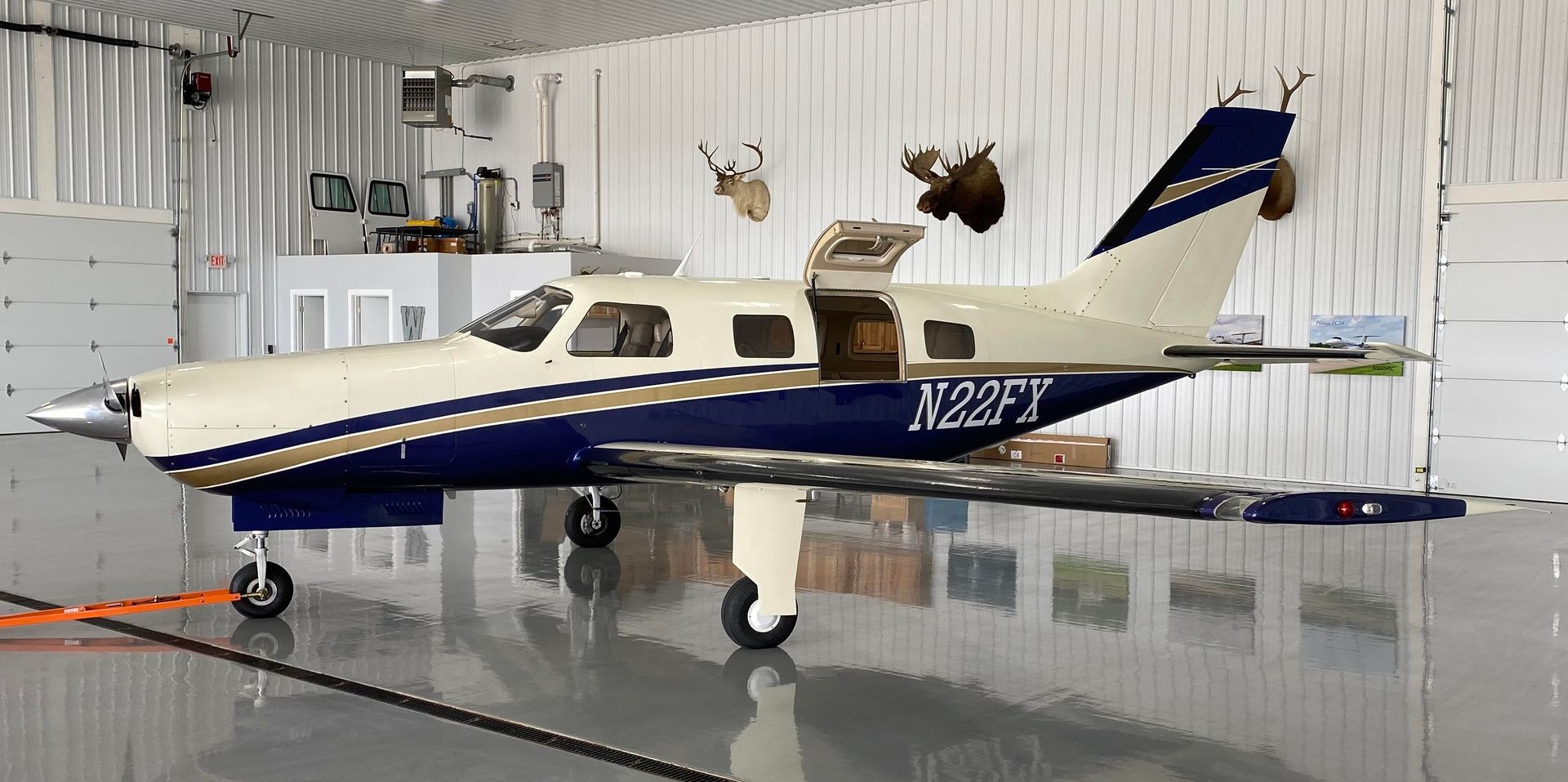
Re-certification
Perhaps most important for current and future owners of the Malibu and Mirage, the FAA ordered a special certification review (SCR) of the PA-46. This SCR was perhaps the most comprehensive of any undertaken and required most of a year to complete. The conclusion was that the airframe and the autopilots were in full compliance. The results of the review are impressive.
Structural analysis demonstrated that the wings would flutter at 600 knots and the tail at about 1,000 knots. To put that in perspective, Vne is 198 KIAS. The airplane passed every other test with ease, including out-of-trim tests and tests of G forces at speeds as high as 200 KIAS, which is 40 knots higher than required. The aircraft was tested extensively at and below maneuvering speed using different weights and CGs. In all cases the plane stalled, as it is designed to at maneuvering speed, before reaching the limit of 3.8 Gs. So-called "checked maneuvers" were performed from 150 to 200 KIAS, also at different weights and CGs, in which the test pilot violently pulled on the yoke, then suddenly pushed. This test is meant to simulate a panicked pilot in turbulence. The tests yielded data from -2.5 to 4.2 Gs, well beyond that required, and the aircraft had only one surprise for engineers: The strength of the tail was much greater than anticipated.
As a result of this exhaustive review, 60 recommendations were put forward, many related to the autopilot, and many already addressed voluntarily by pilots through previously issued service bulletins. But the review left no doubt about the strength and integrity of the Malibu and Mirage. Along with the V-tail Bonanza, the Malibu Mirage has the distinction of being the most thoroughly tested single-engine aircraft in the general aviation fleet. The problem turns out to be pilot training. The study indicated that many pilots moving into a Mirage often do not have sufficient respect for the complexity of this type of high-performance aircraft nor the harsh environment of the flight levels.
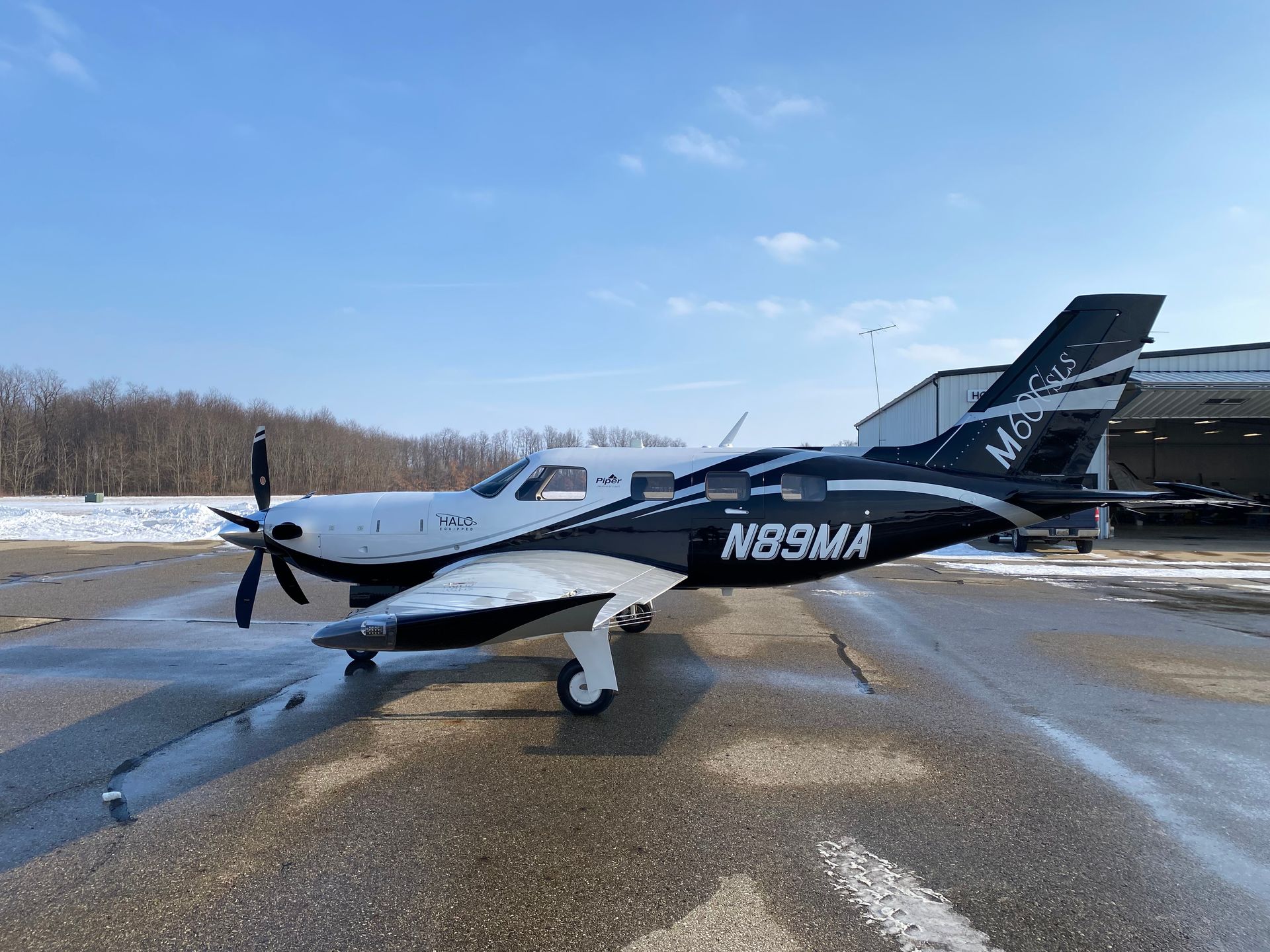
All Rights Reserved | CWA | Website Design By Behind Your Design